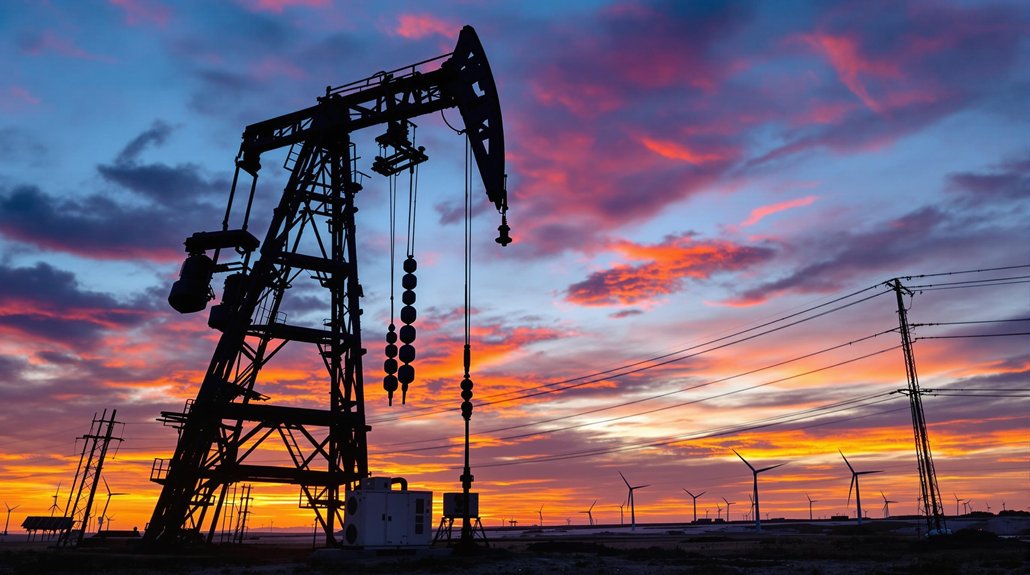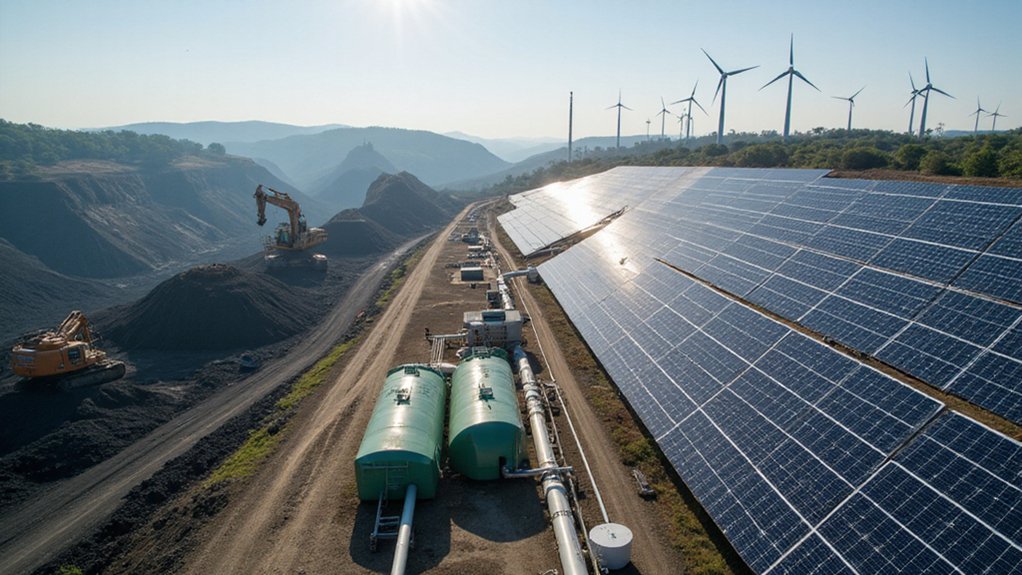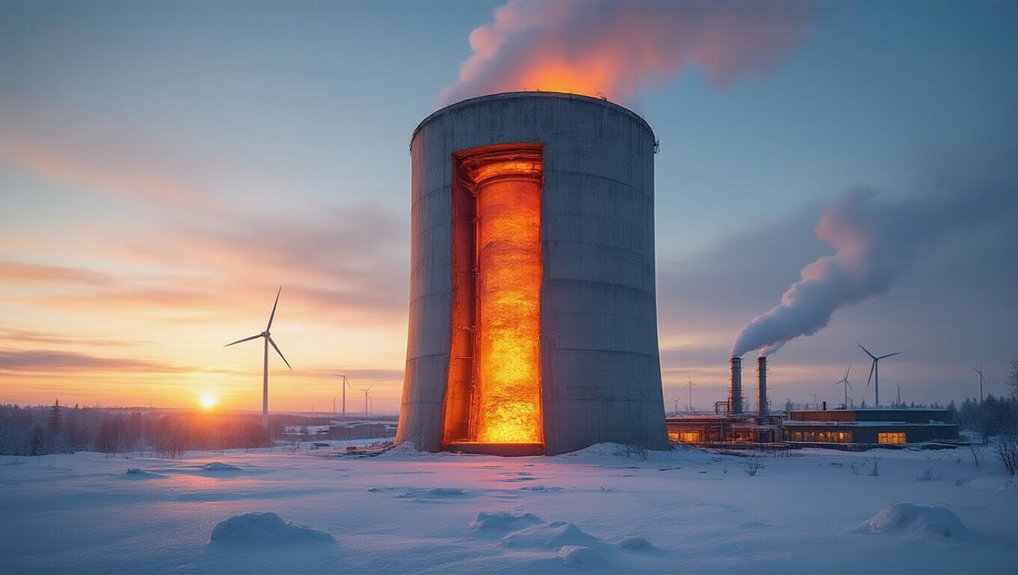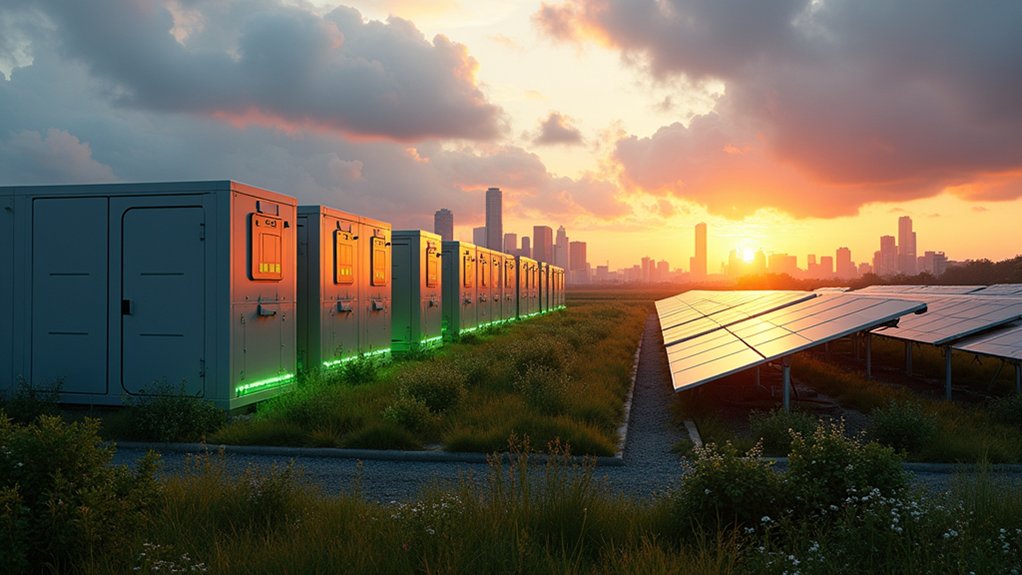Gravity batteries are transforming abandoned oil wells into clean energy assets. This technology stores energy by lifting heavy weights and releasing it by lowering them, providing power when needed. Unlike lithium-ion batteries, gravity systems last up to 50 years, don’t need rare minerals, and convert 80-90% of input energy back to electricity. Companies like Energy Vault and Gravitricity are developing commercial systems that can respond to power needs in under a second. The possibilities for this green revolution continue to expand.
As the world searches for clean energy solutions, gravity batteries are emerging as a promising technology in the renewable energy landscape. These innovative systems store energy by lifting heavy weights and release it by lowering them to turn generators. Scientists and engineers are now looking at abandoned oil wells as perfect locations for these gravity-based storage systems.
Energy companies are racing to develop this technology. Energy Vault built the first commercial gravity battery in China last year. Gravitricity is working on systems that use old mine shafts, while Gravity Power focuses on underground piston systems. These companies want to transform unused industrial sites into clean energy assets.
Gravity batteries offer several advantages over traditional storage methods. They don’t need rare earth minerals like lithium-ion batteries do. They last much longer too – about 50 years compared to 10 years for chemical batteries. They’re also highly efficient, converting 80-90% of input energy back to electricity. These systems provide a more sustainable option that utilizes free and clean resources unlike conventional batteries. The energy return on energy invested (EROI) for gravity batteries is significantly higher than many other storage technologies, making them more sustainable over their lifetime. While lithium-ion batteries have seen 87% price drops since 2010, gravity systems offer a completely different approach to energy storage that complements the existing ecosystem.
“Dead” oil wells are ideal for gravity systems. The deep shafts already exist, cutting construction costs considerably. When renewable energy is plentiful, excess electricity powers motors that lift weights up the shaft. When power is needed, the weights descend, spinning generators to produce electricity.
These systems can provide power almost instantly. They reach full capacity in under one second, making them perfect for grid balancing when clouds suddenly block solar panels or wind dies down. They can also supply emergency power during outages.
The economic benefits extend beyond energy. Converting old wells creates jobs in construction and maintenance. It also gives new purpose to abandoned industrial sites that might otherwise become environmental liabilities.
Technical challenges remain. Each site needs custom engineering, and efficiency losses occur during energy conversion. Despite these hurdles, experts predict gravity batteries will play an important role in our clean energy future, especially as more renewable sources connect to power grids worldwide.









